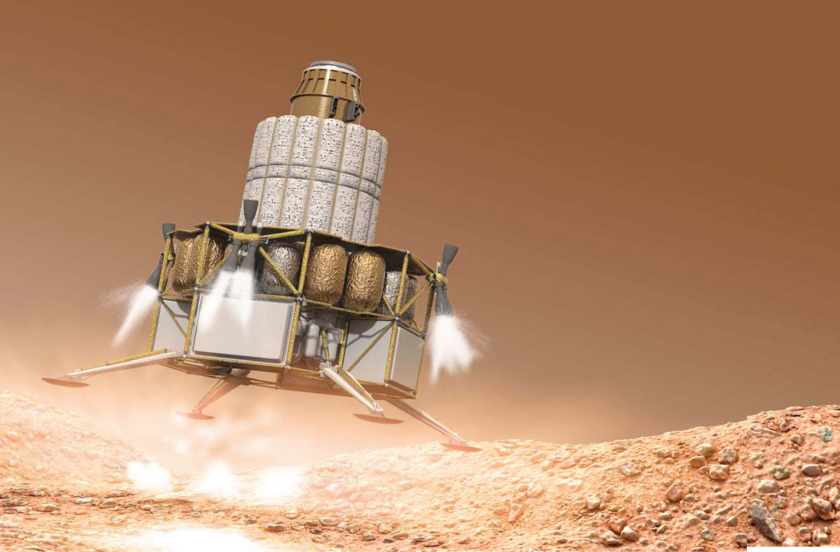Mars is a freezing, desolate desert seemingly devoid of life. Yet humanity will be in much better shape after we colonize it.
This feat, however, will not be easy. The first steps will likely begin with return missions from Mars back to Earth. And only after we’ve proven that we can safely transport, land, and launch people from Mars, will we begin considering the possibility of establishing small, permanent colonies there.
Before either of those things can happen, however, scientists first need to make sure we can afford these missions and, more importantly, prove that we have the technology to safely get people to Mars and back.
There are ten projects that are currently underway which should help us move forward with missions to Mars. Based on the ground and in space, these projects are pushing the boundaries of technology and human psychology, physiology, and ingenuity.


